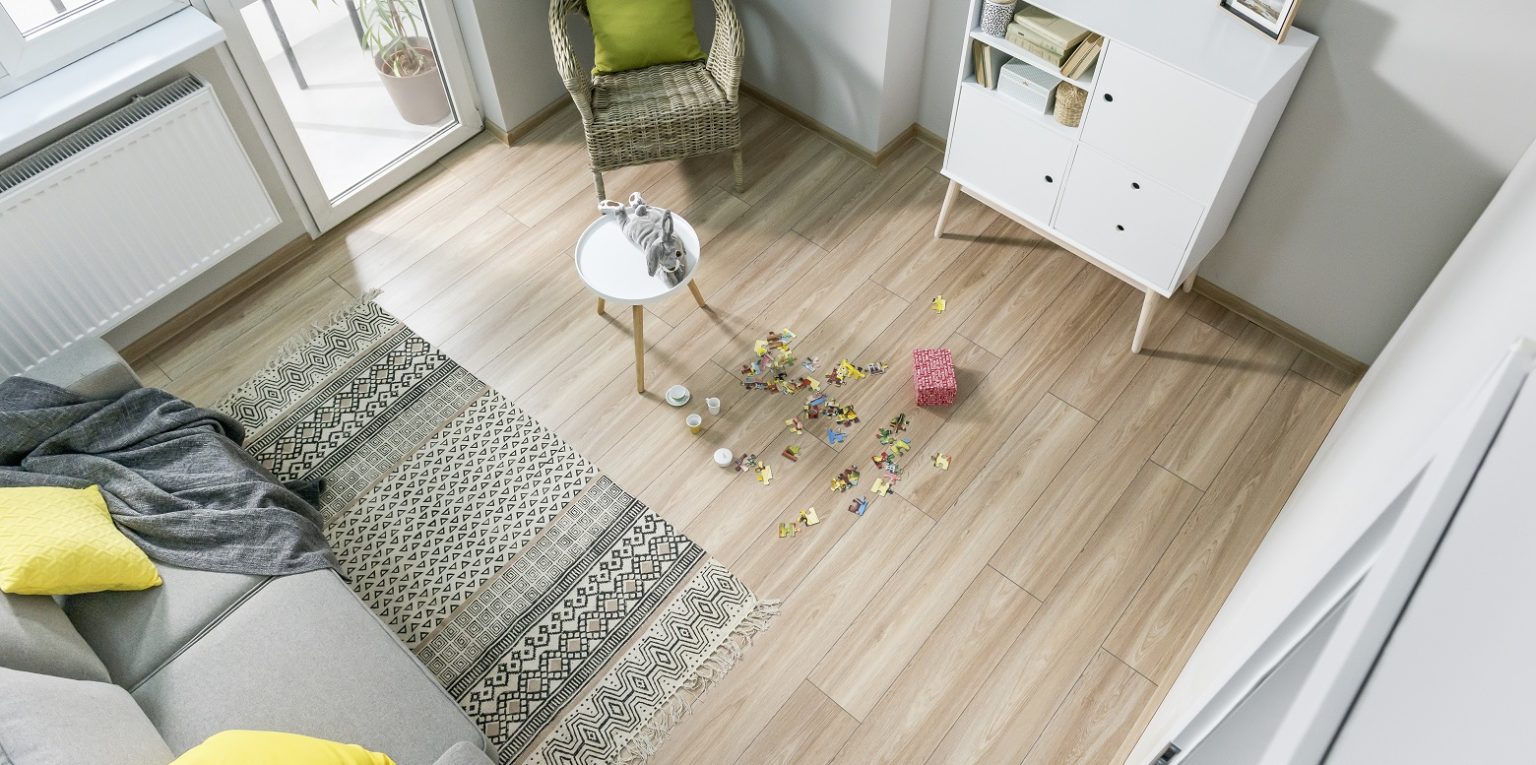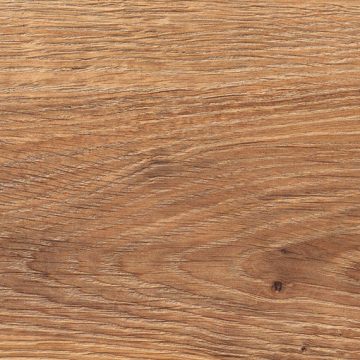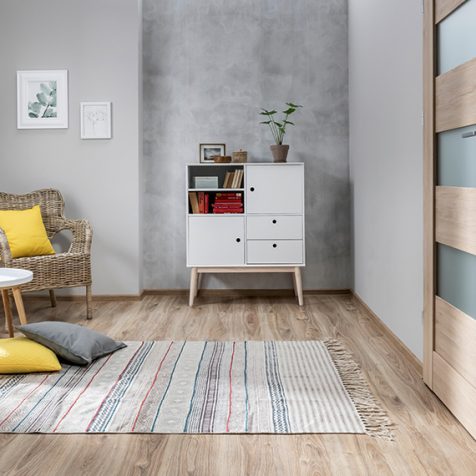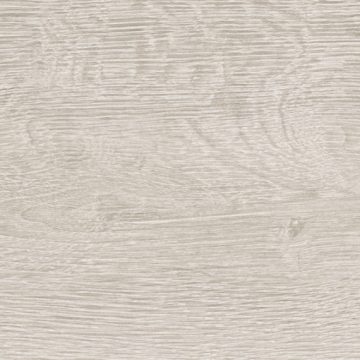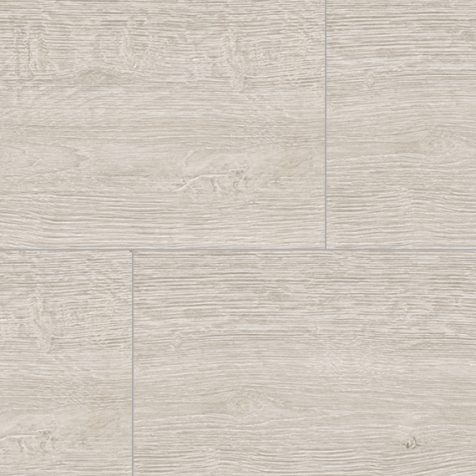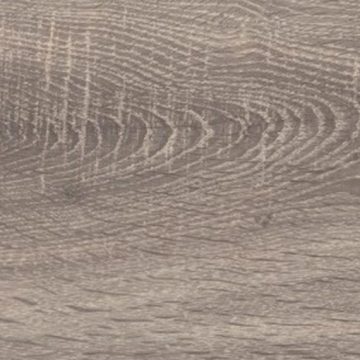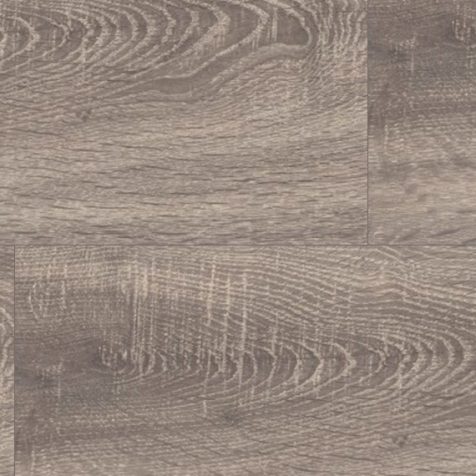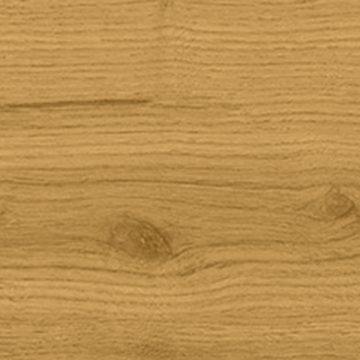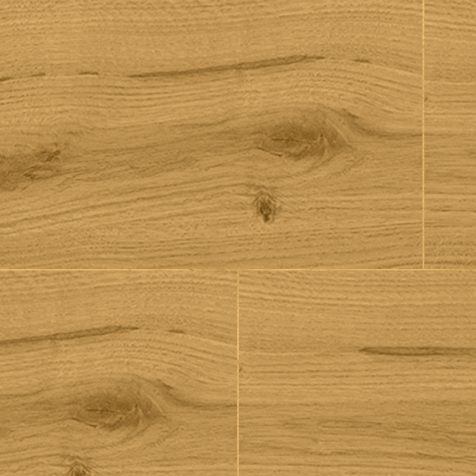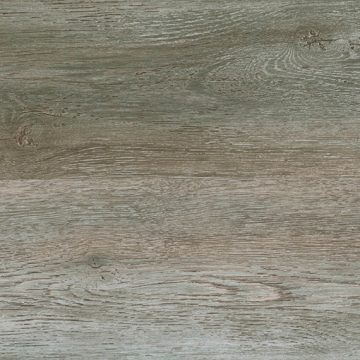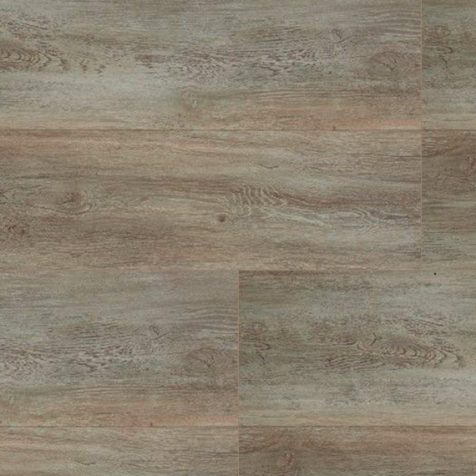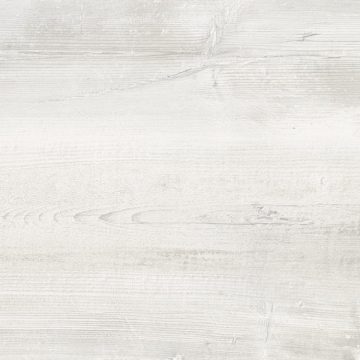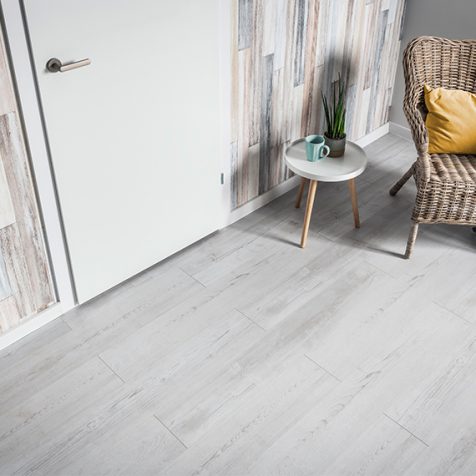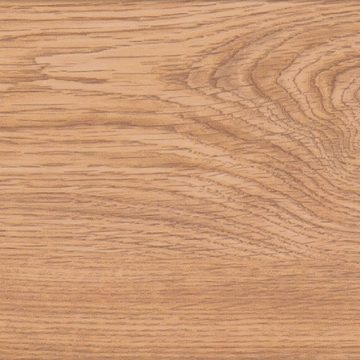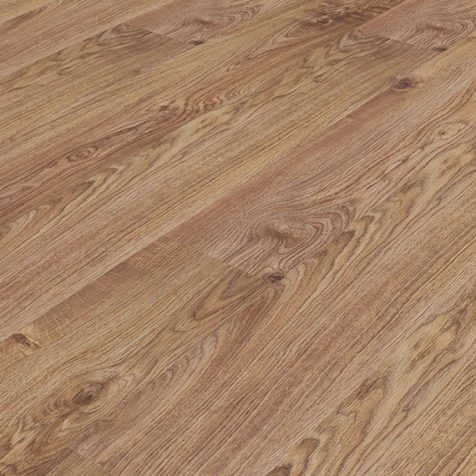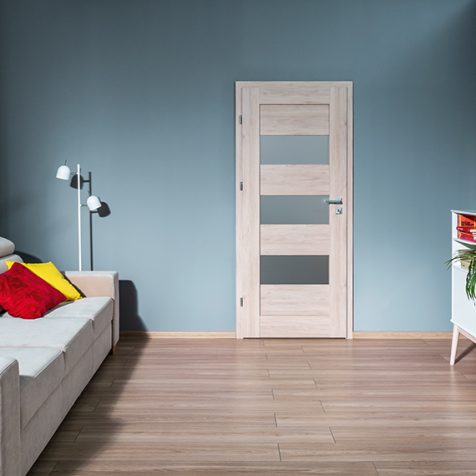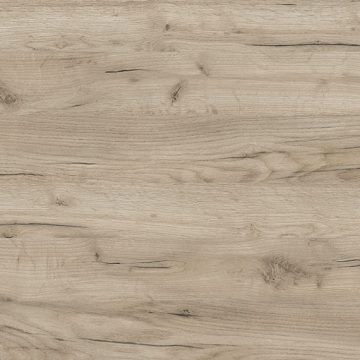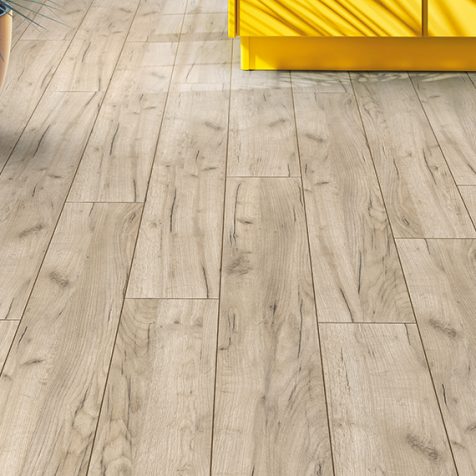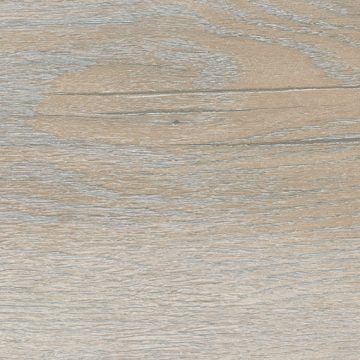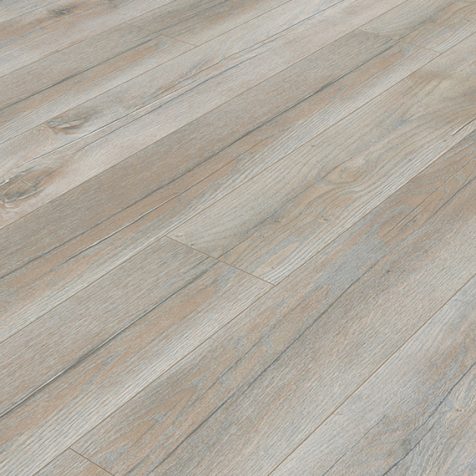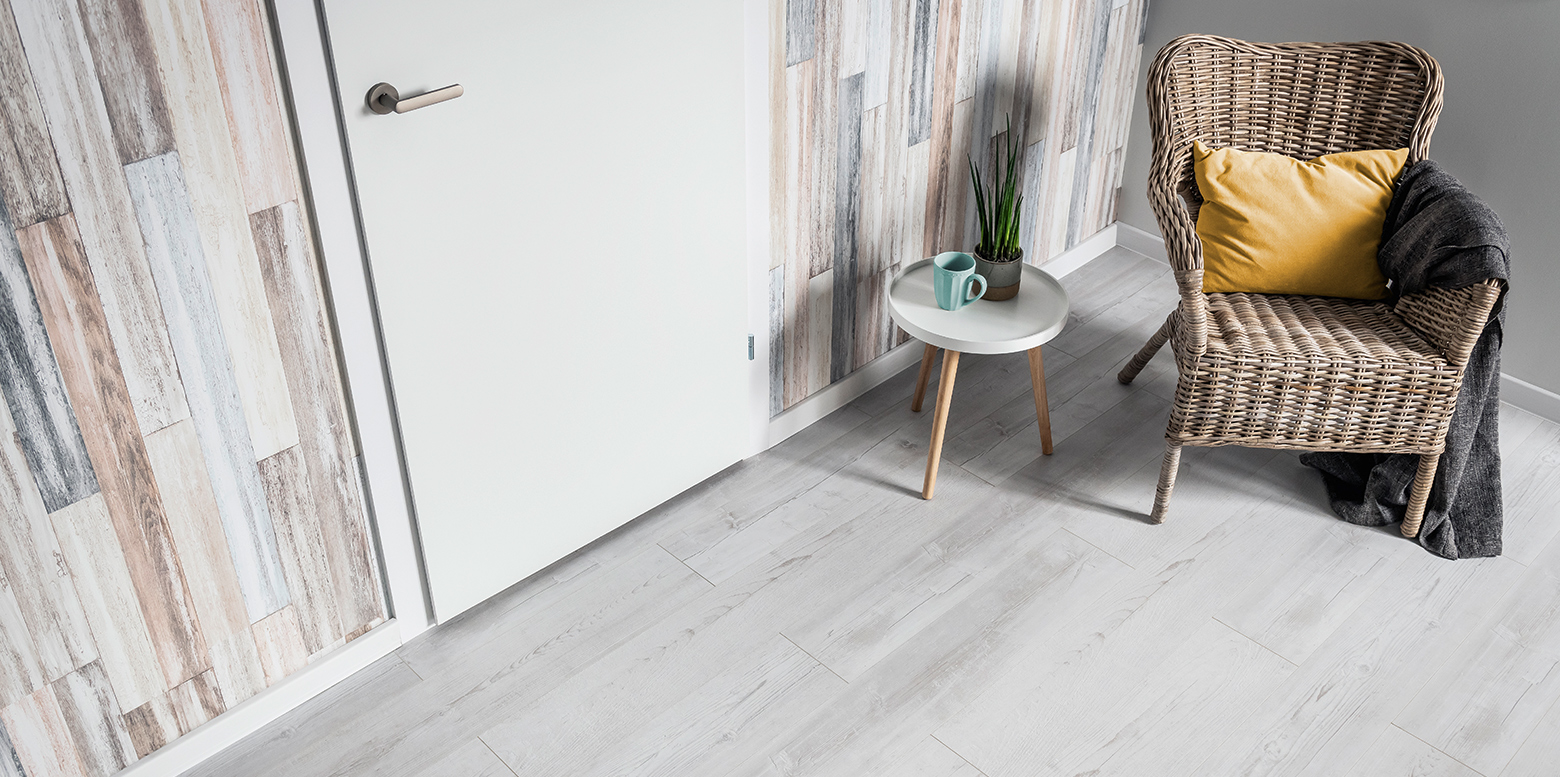
What are laminates? Discover the advantages of laminate flooring.
Many people dream about a wooden floor, but it is difficult to maintain and not very resistant to mechanical damage. If you are thinking about choosing a floor for your apartment for many years, but you are not completely familiar with parameters and application of particular floor panels, you have to read the text below. Here you will find information about laminate flooring – what laminate actually is, what its advantages are and what you should pay attention to when buying it.
What are laminates?
Laminate floors are layered floors based on a wood-based HDF board, which is characterised by high density. These floors consist of 4 basic layers (from the top):
1. Transparent, abrasion-resistant coating
2. Floor pattern – paper or print of floor pattern
3. HDF board – core
4. Floor pattern – paper or print of floor pattern
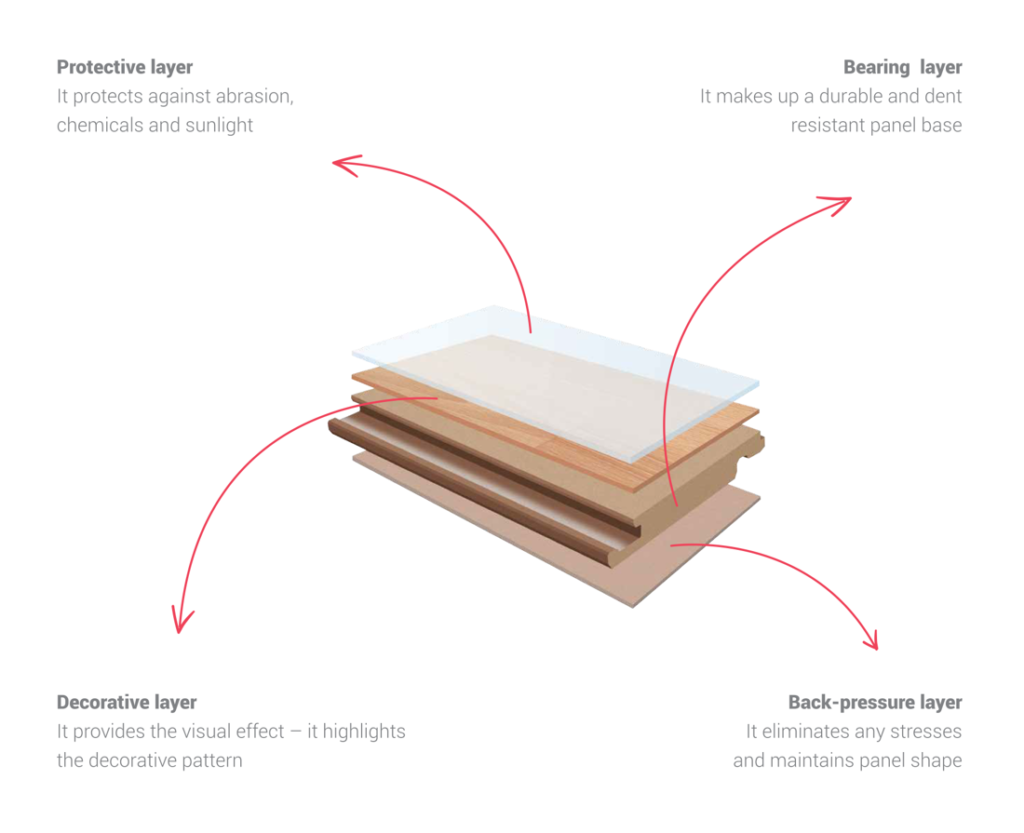
3 basic advantages of laminate flooring
Thanks to the advanced structures imprinted in the wear layer, laminate floors resemble natural wood floors in appearance and structure, while being much more resistant to scratches, stains or dents. Laminates are characterized by easy installation – floors have a milled lock, so called click, which gives the possibility to lay the floor “floating”, so there is no need to glue it to the floor. You can easily install Vilo laminate flooring yourself – check out the installation video here.
What to pay attention to when buying laminate flooring?
When buying laminate flooring, pay attention to the following parameters. Select panels according to their purpose.
1. Floor thickness – there are panels from 6 to even 12 mm available on the market.
2. Wear resistance class – AC3 is used for bedroom floors, AC4 for living rooms and halls, AC5 is used for very resistant floors, e.g. for offices, shops or hotel rooms.
3. Structure – laminate floors come in a variety of structures, from simple, found on furniture boards, to deep, synchronous structures that make laminates look like natural planks.
4. V-grout – pay attention to whether the flooring you choose has V-grout. This adds elegance to the floor.
5. Remember about the right underlay. Check out Vilo’s range of underlays.
Remember that laminate flooring is not waterproof, so it can’t be used in bathrooms (unless it’s dedicated to that). This type of flooring is also not recommended for kitchens. In contrast to natural wood floors (except for the so-called 3-layer floors), laminate floors can be used on underfloor heating. And what is important, laminated floors (depending on the producer) are even four times cheaper than solid wood floors and twice cheaper than three-layer wood floors.
